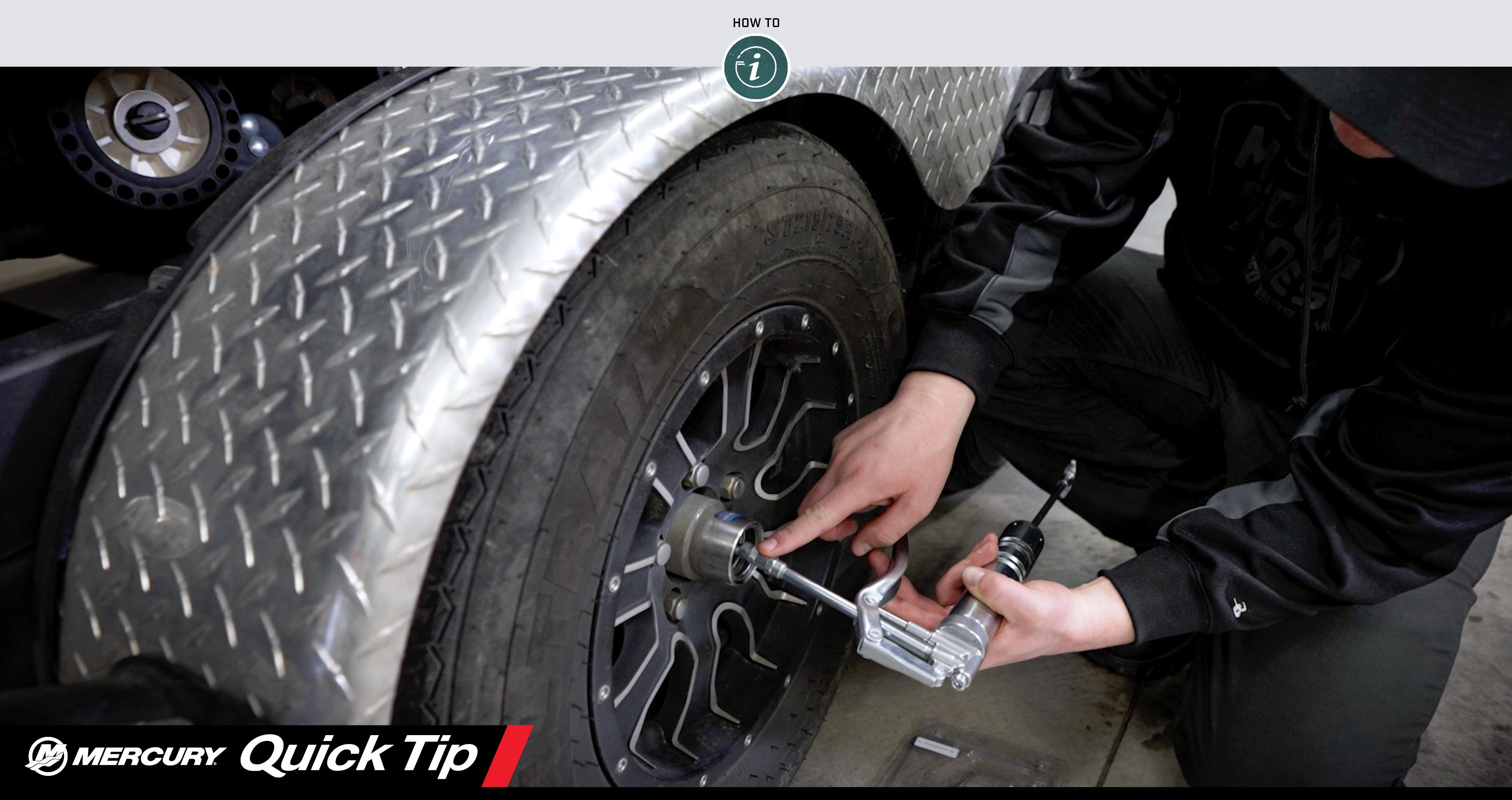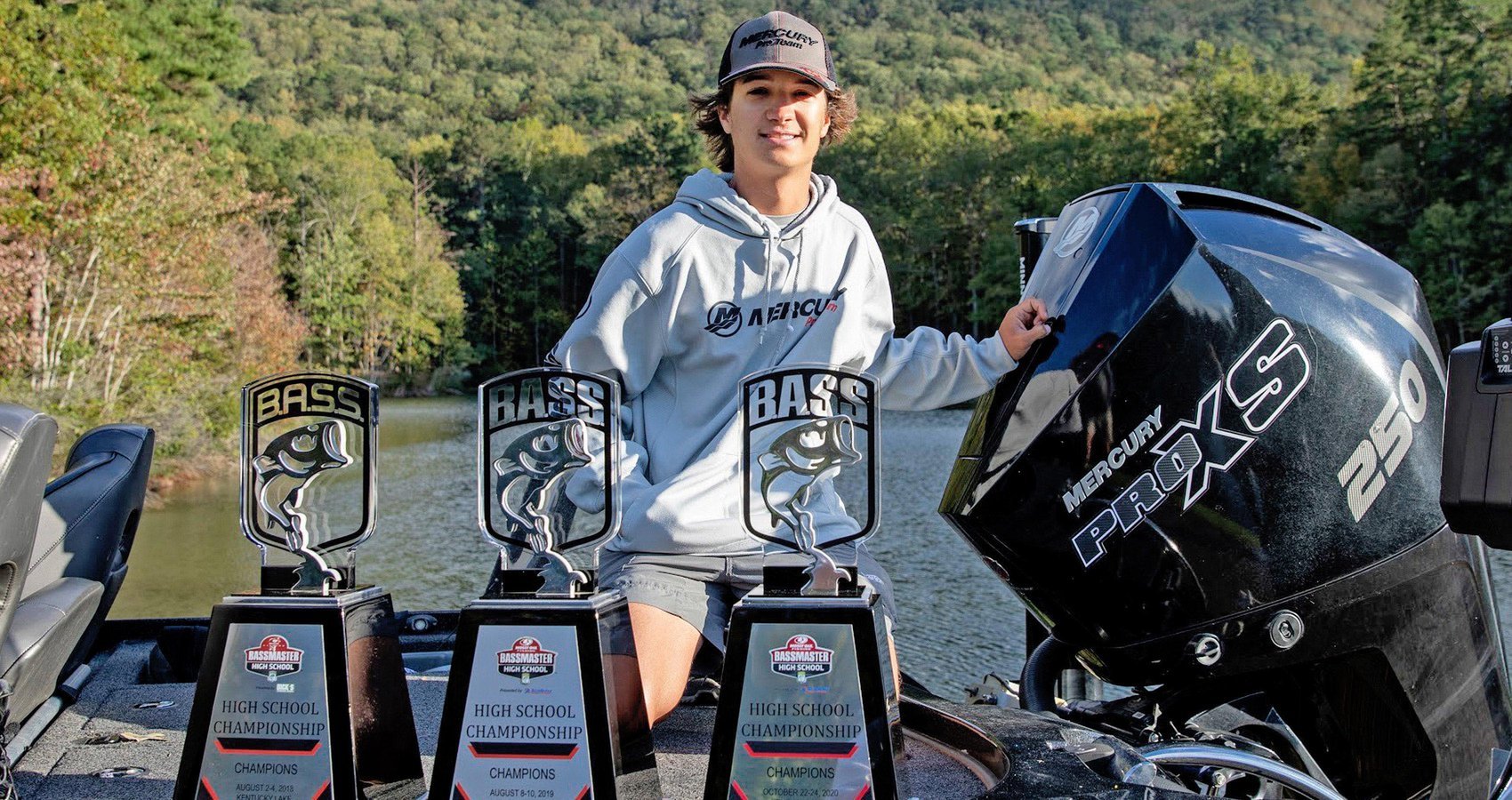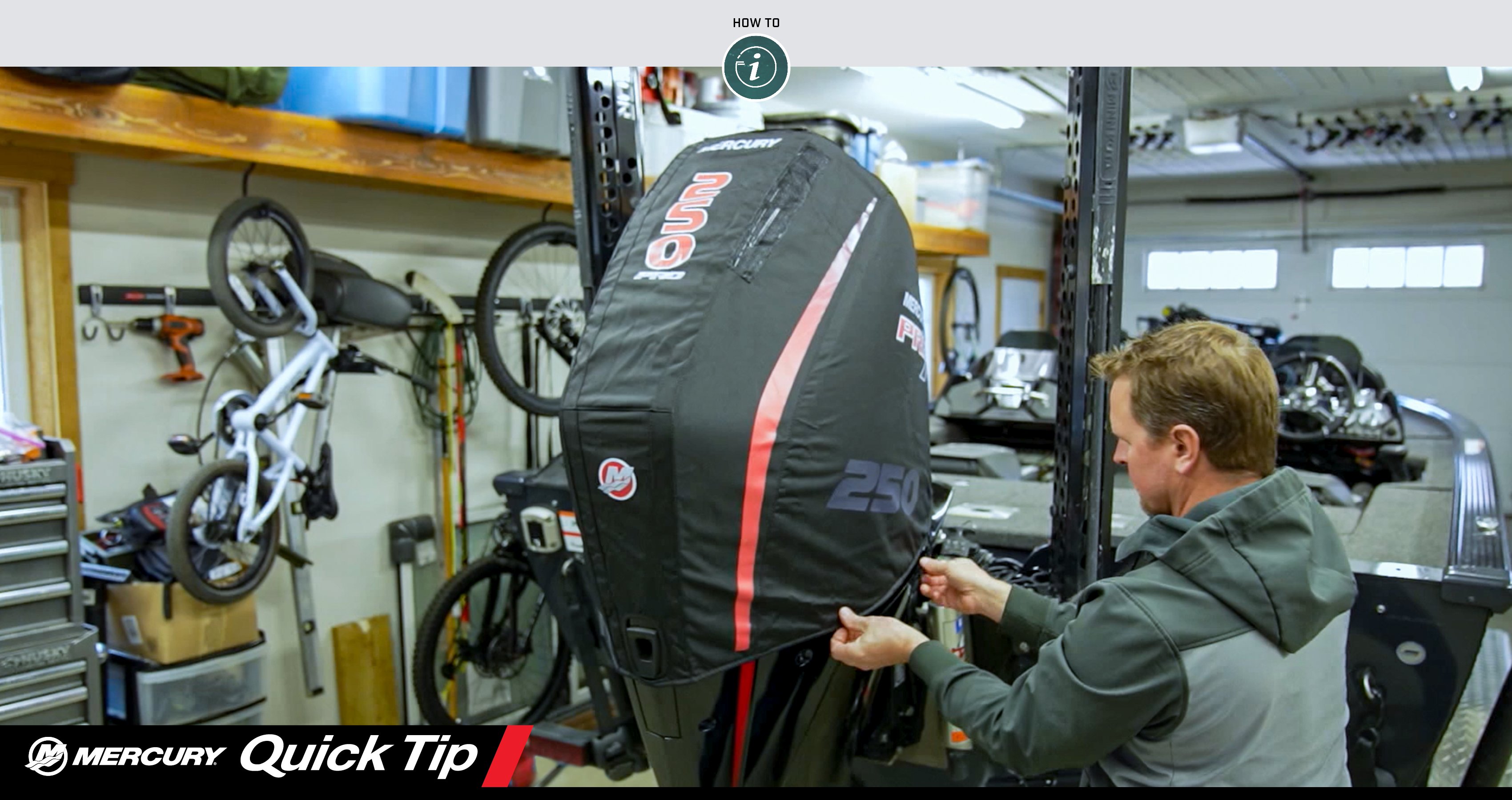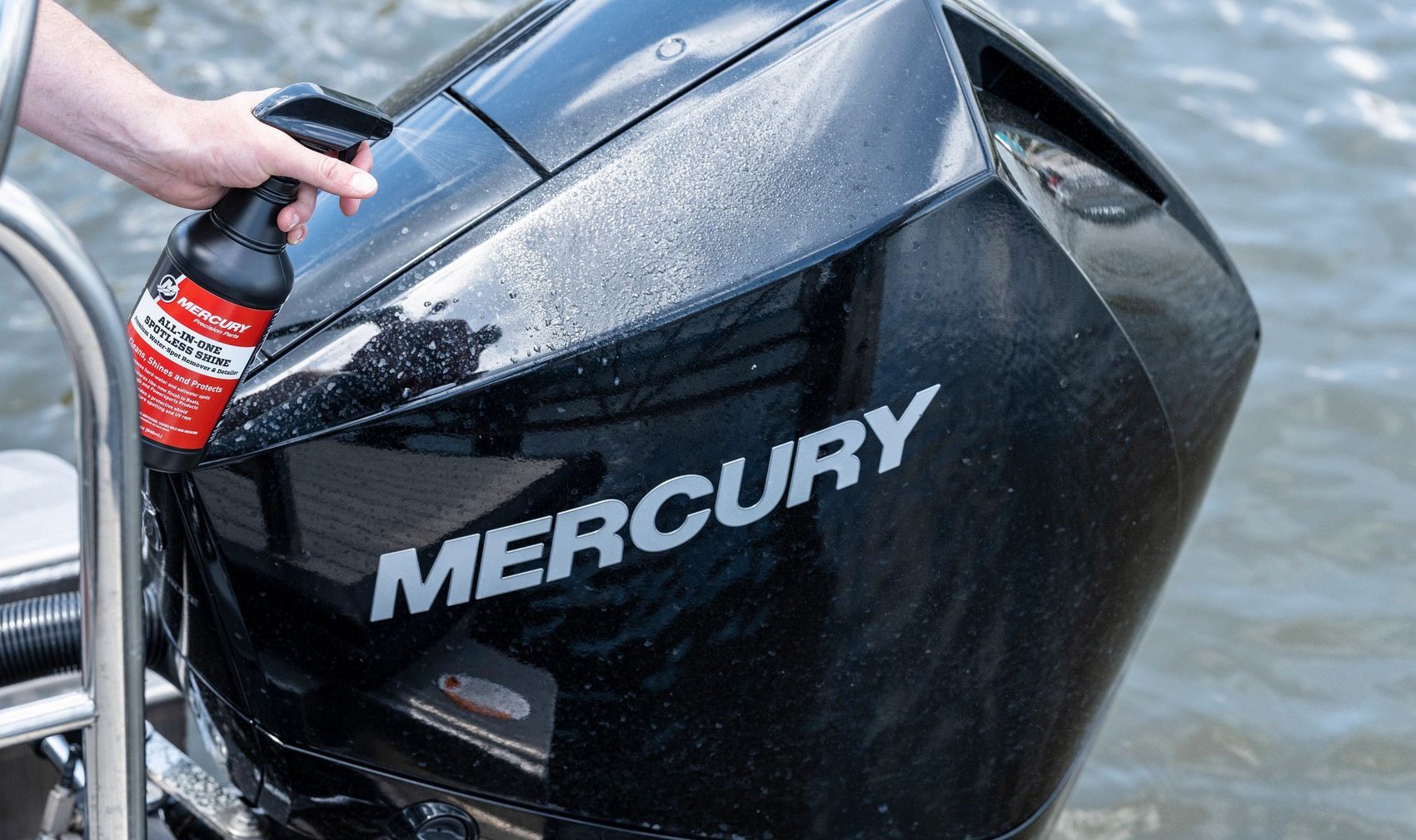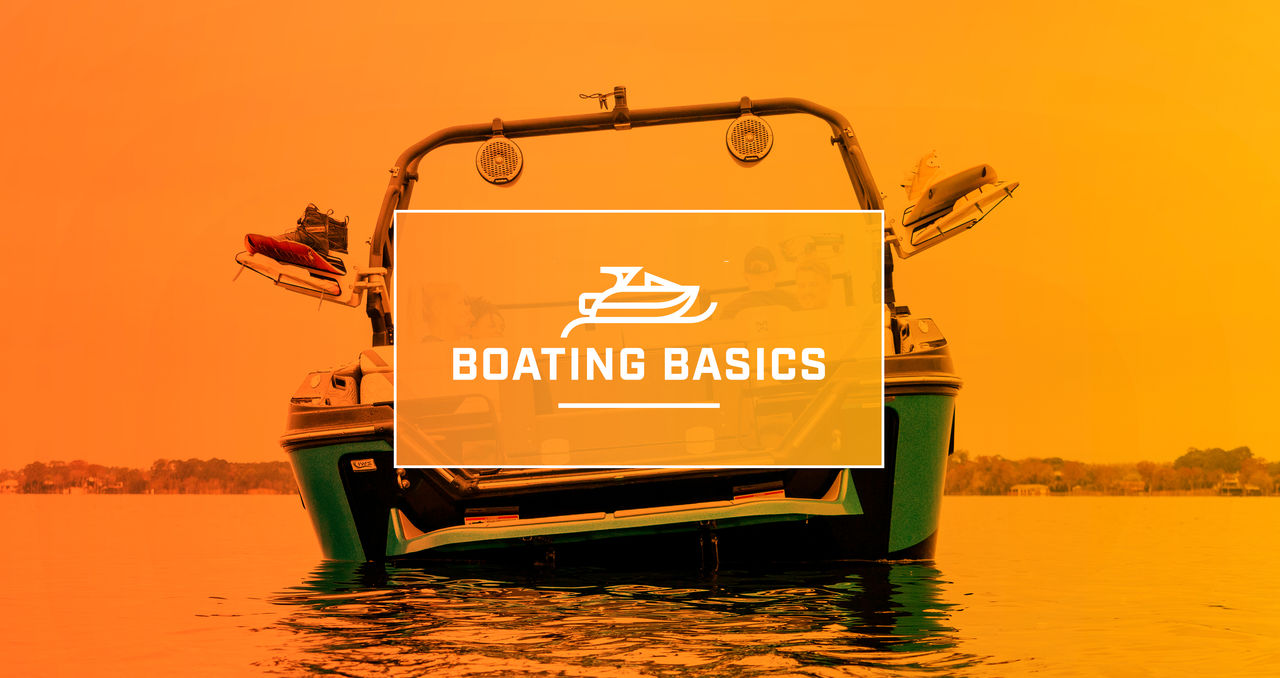Get ready to ride. In the “Tow Sports Boating Basics” series, Mercury-powered pro wakeboarders Carro Djupsjö and Dylan Miller will walk you through everything you need to know to get started enjoying the thrill of wakeboarding and wakesurfing.
As you get more involved with wake sports and tow boats, you will learn a word that might be new to you: ballast.
Ballast is the extra weight you add to the boat to make it heavier so it displaces more water, which helps create a larger wake for surfing or wakeboarding. The way you ballast the boat also impacts the shape of the wake and how “clean” it is for riding.
Some newer sport boats come equipped with built-in ballast systems. If your tow boat does not have this feature, however, don’t worry. You can use cost-effective, efficient aftermarket ballast to accomplish the same thing. Here’s some advice from pro wakeboarders Carro Djupsjö and Dylan Miller, who also demonstrate how to use ballast in the video below.
Do the Math
Before you add ballast, check your boat’s maximum weight capacity, which you will find marked near the helm. Remember this is the boat’s upper limit, so consider the weight of your passengers, your gear and your additional ballast. Also keep in mind that the boat might handle differently at a higher weight.
Add Ballast to the Boat
When adding aftermarket ballast to the rear of your boat, you have two choices: lead-weighted bags or ballast bags. The lead-weighted bags are smaller and easier to move around, while the ballast bags – which are filled with water – are the quickest, easiest way to add a large amount of weight to a specific area. You just need a pump with compatible fittings and a 12-volt outlet on the boat.
How much is a “large amount?” Ballast bags can add up to 1,000 pounds.
“Based on my experience, using a combination of both ballast bags and lead-weighted bags is optimum for most boats,” said Miller.
Wakesurfing: Create a Clean Wave
In wakesurfing, you want to create the largest and cleanest wave possible. In fact, the wave’s shape is even more important than its size. If it has a nice, clean pocket for surfing, it will be easier for your rider to surf without the rope.
Your ballast should be on the same side as your rider is surfing. If the wave is too messy, try adding more weight to that same side.
“This is where the lead-weighted bags will save you a lot of time,” added Djupsjö.
Indeed, filling and emptying ballast bags is incredibly time-consuming compared to simply shifting small 50-pound bags.
Know the Tricks for Wave Shaping
Remember that adding more weight to the rear of the boat will increase the height of the wave. Adding the weight to the front of the boat will increase the length of the wave’s clean surf area, but it could also reduce the wave’s height.
Feel free to experiment. In addition, Djupsjö suggests moving passengers around to help with weight distribution.
Although not needed on some new boats, you also might want to consider adding a wake shaper if you’re still having some trouble creating the perfect wave. This device is installed a few inches below the water’s surface near the rear corner of the tow boat, on the side opposite your rider.
The wake shaper will help create a large, clean area for surfing, and you easily can move it from side to side.
Wakeboarding: Distribute Weight Evenly
What about wakeboarding? For this sport, properly ballasting the tow boat is a little more straightforward. You want to evenly distribute your ballast throughout the boat.
If you’re not getting a clean wake and want to change its shape, you can shift the weight from front to back or vice versa. Just be sure the boat is still evenly weighted from side to side.
If your boat has trim tabs or a wake plate, you can move them up or down to see how that affects your wake. And, again, remember that passengers are ballast, too. The people aboard, and where they are seated, will have an impact on the size and shape of the wake.
“Don’t be shy to ask people to move around to help provide the best experience for everyone, both in and behind the boat,” Djupsjö said.
Active Trim: Another Tool for Wake Shaping
While V-drive boats have been the most popular for wakesurfing, the introduction of the MerCruiser® Bravo Four S® forward-facing sterndrive has given surfing enthusiasts a new tool to enjoy their passion with the added benefit of a trimmable drive.
Keeping the drive tucked in at takeoff helps get a heavily loaded boat moving quickly. From there, trimming out – or up – increases the wave height and helps with creating a clean surface. The driver can continue to adjust trim based on ballast and speed to fine tune the wave. That’s just not possible on an inboard-powered boat.
